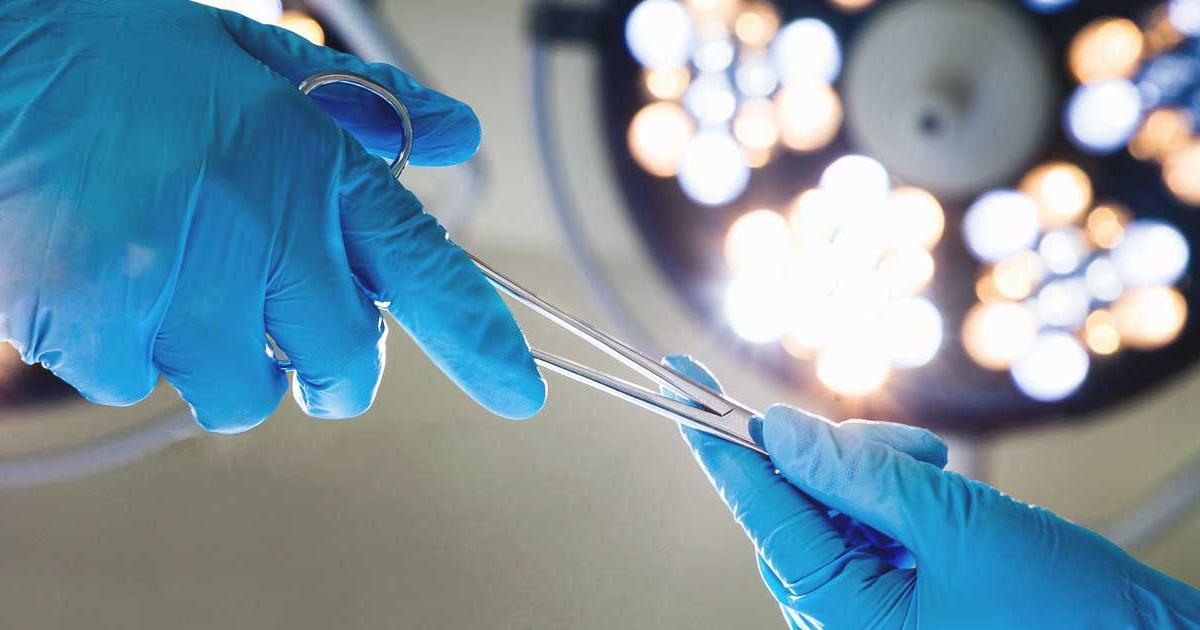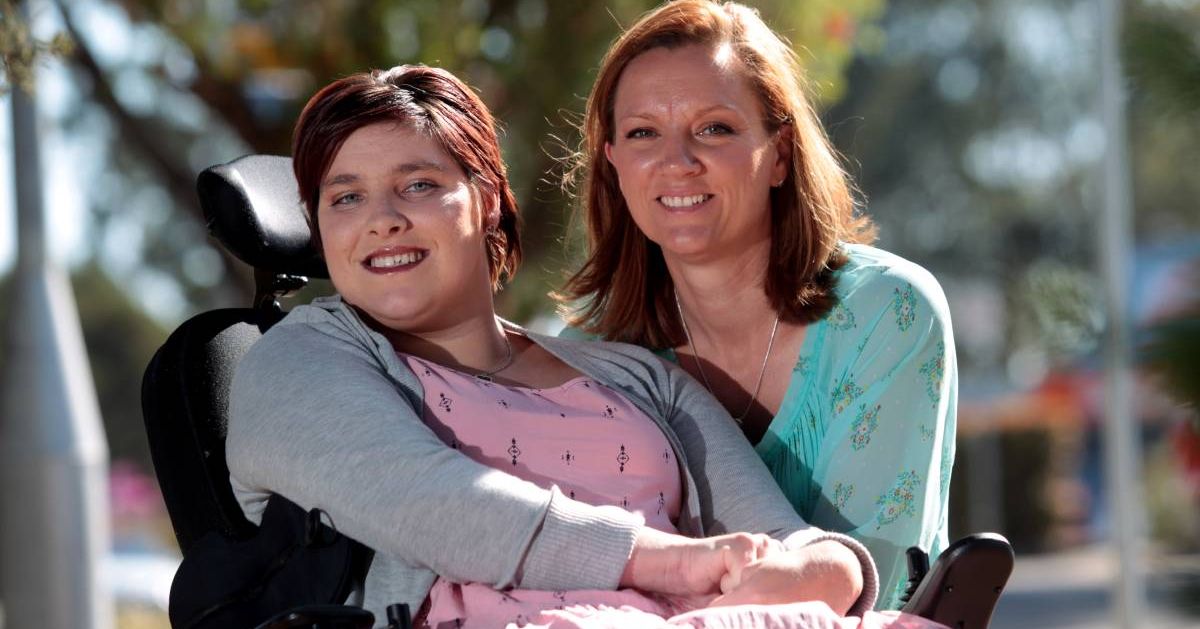A Comprehensive Guide To Diagnosing And Treating Cerebral Palsy
Cerebral palsy is a condition that affects the movement, muscle tone, or posture of an individual caused by substantial damage to the developing brain of a fetus or newborn. Symptoms of cerebral palsy will often appear while in utero, during infancy, or even the preschool years. Typically, this disorder causes impaired movement associated with abnormal reflexes, floppiness or rigidity of the limbs and core, abnormal posture, involuntary movements, unsteady walking, or a combination of these symptoms. This condition affects each patient affected by it differently, as some individuals can walk while others are bound to a wheelchair, others may have a normal intellectual capacity while others will be greatly impaired, as it all depends on the severity of the condition.
How Cerebral Palsy Is Diagnosed

It's important to diagnose cerebral palsy while a child is still young, as this helps with their wellbeing and the wellbeing of their families. Diagnosis includes several steps like developmental monitoring, screening, and medical evaluations. Developmental monitoring, typically done at a yearly physical exam, is the process of tracking a child's overall development and growth. Developmental screening is done by giving the child a short test to diagnose certain developmental delays. This process can help pinpoint movement or motor delays found in cerebral palsy.
Physicians recommend a developmental screening for all children at nine months, eighteen months, and twenty-four or thirty months old. Medical evaluations help diagnose the specific developmental disorder affecting a child. A doctor will examine the child's muscle tone, posture, reflexes, as well as their motor skills, in addition to taking a medical history. Before diagnosing cerebral palsy, the doctor will rule out disorders that cause similar symptoms.
Medical Team And Therapies

Children and adults who have cerebral palsy require long-term, around the clock care comprised of a compassionate and knowledgeable medical care team, which includes a pediatrician, pediatric neurologist, orthopedic surgeon, physical therapist, occupational therapist, speech-language pathologist, and a developmental therapist. A mental health specialist, recreation therapist, social worker, and special education teacher will also often be a part of the team, and depending on the severity, many patients may even have a live-in nurse or caretaker to assist them and their family. Physical therapy, occupational therapy, and speech and language therapy can all help an individual with cerebral palsy enhance their functional abilities.
Medications For Treatment

Medications are often used to lessen the tightness of muscles and may be used to improve functional abilities, manage complications, and treat any pain cerebral palsy patients experience. Medication selection depends if the problem affects only certain muscles and if it is isolated or generalized. Drug treatments include isolated spasticity treatments such as botox injections directly into the affected muscle, nerve, or both. Treatment for generalized spasticity includes muscle relaxants such as diazepam, dantrolene, and baclofen. Medications that can help with drooling include trihexyphenidyl, scopolamine, or glycopyrrolate, as well as botox injections into the salivary glands.
Surgeries To Manage Cerebral Palsy

While surgery doesn't cure cerebral palsy itself, surgeries to manage it can address complications resulting from the disease. Some cerebral palsy patients manage with medication and physical therapy alone, but surgeries can confer certain benefits. Surgery might improve posture, mobility, range of motion, and physical alignment. Surgical treatment might help a child to become physically independent and have healthier physical development. In addition, it can prevent disease complications and body deformities.
Surgery can address curvatures of the spine, spasticity in the muscles, tremors, gastrointestinal issues, hearing loss, pain, spinal deformities, joint problems, hip dislocations, and contractures. Doctors recommend surgery when they judge the potential benefits are greater than the potential risks. Surgeries should be focused on improving the cerebral palsy patient's overall quality of life by enhancing mobility and reducing pain.
Alternative Treatments Available

The majority of adults and children with cerebral palsy need a treatment plan to manage their symptoms and improve their quality of life. As mentioned already, medication, physical therapy, occupational therapy, and surgery are all common options for treating cerebral palsy. It should be noted, however, every case of cerebral palsy is different, so each treatment plan will be unique.
Some patients may opt for alternative therapy methods. Alternative therapy is a phrase used to describe treatments that replace traditional treatments. In the same vein, complementary therapy is non-traditional therapy used alongside conventional treatment methods. Alternative therapy options for cerebral palsy include acupuncture, music therapy, aquatic therapy, and hippotherapy. Music therapy has been shown to help with several neurological conditions. Hippotherapy uses horseback riding to help with improving an individual's strength, balance, and coordination. Aquatic therapy is conducted in a pool and may help with strength and coordination. Acupuncture has been shown to stimulate the nerves in the body. The nerve then sends a signal to the brain, and the brain releases endorphins that reduce pain.
Living With Cerebral Palsy

When a child is diagnosed with a disabling condition, it not only affects the child's life in unfathomable ways, but the whole family faces a new set of challenges. To begin, if a child has cerebral palsy, the best thing for a parent to do is to foster their child's independence and encourage any of their efforts, no matter how big or small they are. Parents should also be an advocate for their child, as the parents are the number one and two individuals on their child's support team and their most influential supporters.
Parents should not be afraid to ask their child's medical team, therapists, and teachers questions, and certainly should not be afraid to speak out on their child's behalf. Parents should also seek support from support groups, as a support group can make a momentous difference in helping the parents cope with cerebral palsy and its effects. A doctor can recommend local support groups, organizations, and counseling services for the child, parents, and family, which can greatly benefit all who care for the patient. With the right support, treatment, and care, many patients, whether children or adults, with cerebral palsy, can go on and live fulfilling and loving lives. It truly does take a village to raise and care for anyone, with or without special needs!
Preventing Cerebral Palsy

Right now, there isn't a foolproof way of preventing cerebral palsy from developing during delivery, pregnancy, or infancy. This is partially because doctors don't yet understand exactly what causes the condition. With that said, doctors and parents can do several things to lower a child's risk factor. These are preventative measures, and their effectiveness varies depending on when a child experiences nerve or brain damage. During pregnancy, expectant mothers should see their doctors regularly to make sure there aren't any potentially harmful complications.
They should also avoid exposure to viruses or infections, get vaccinated before getting pregnant, control any underlying health issues, avoid substances that pose risks to a mother's pregnancy, and identify any possible blood type incompatibility between mother and child. During birth, patients should alert a nurse or doctor right away if they think their child may be in danger. Doctors should monitor the mother and baby's heart rates and reduce stress in the delivery room. After birth, parents should ensure their child is fully vaccinated. They should also use the right car seat, a crib with a rail, and minimize the child's risk of falling from high surfaces.
